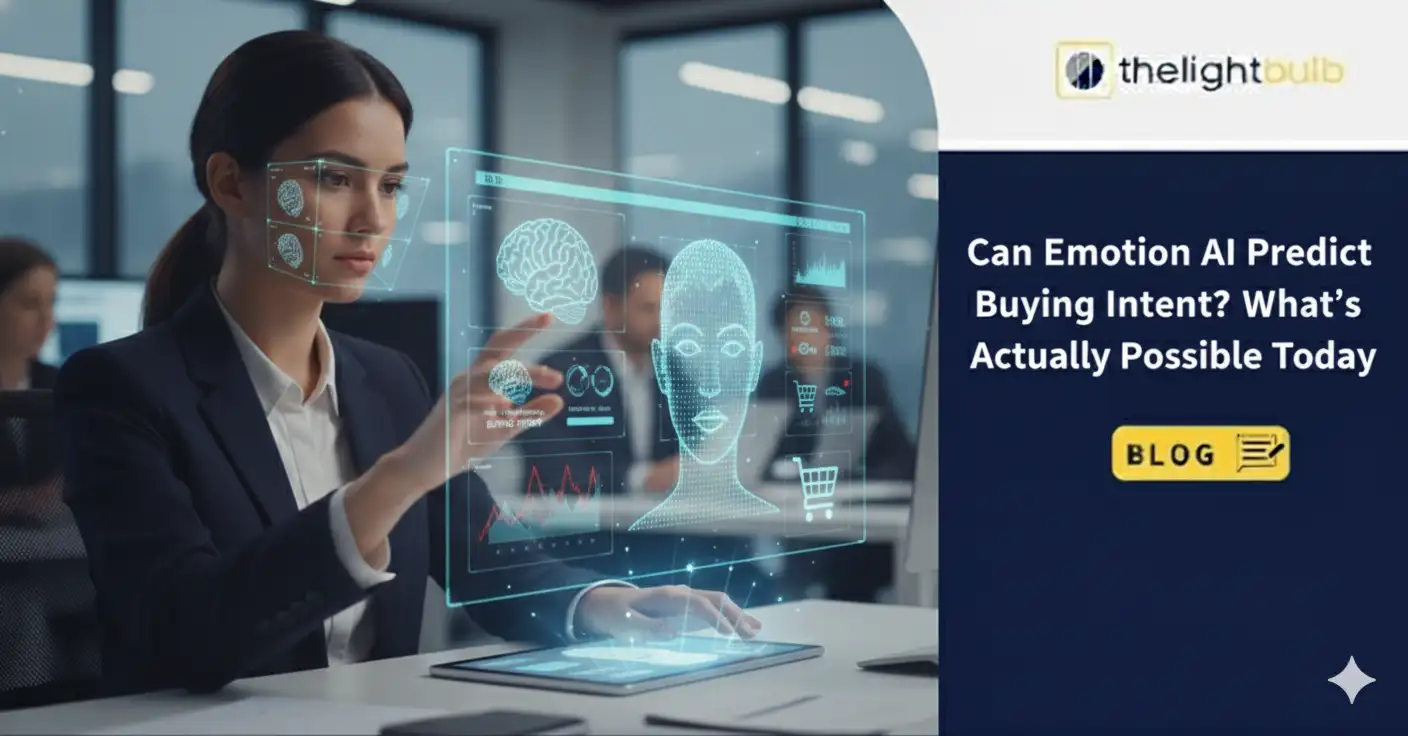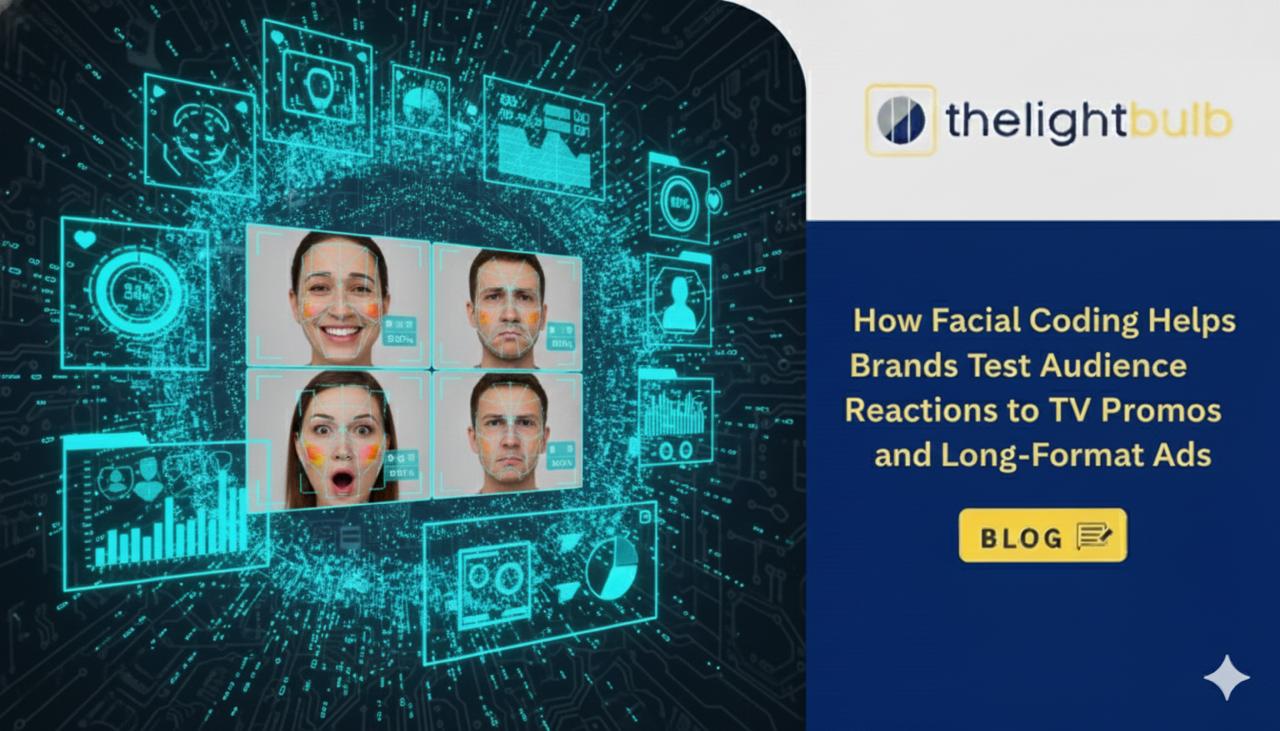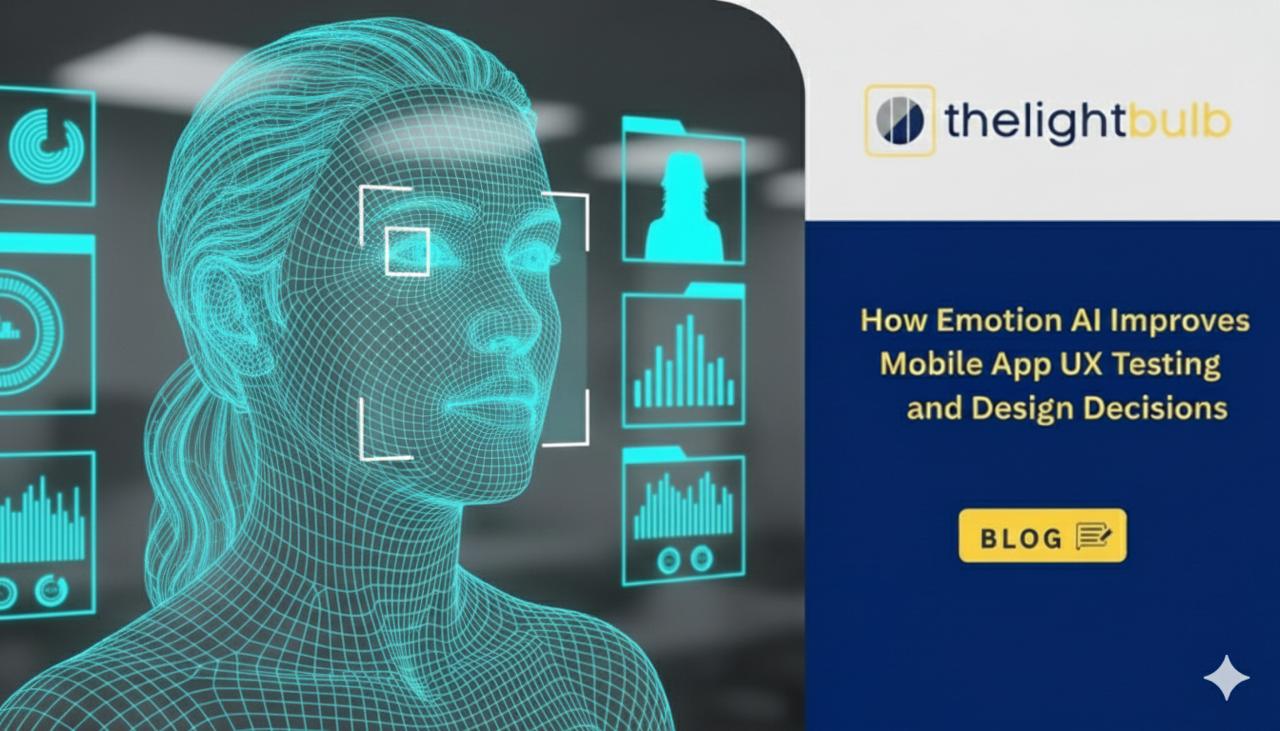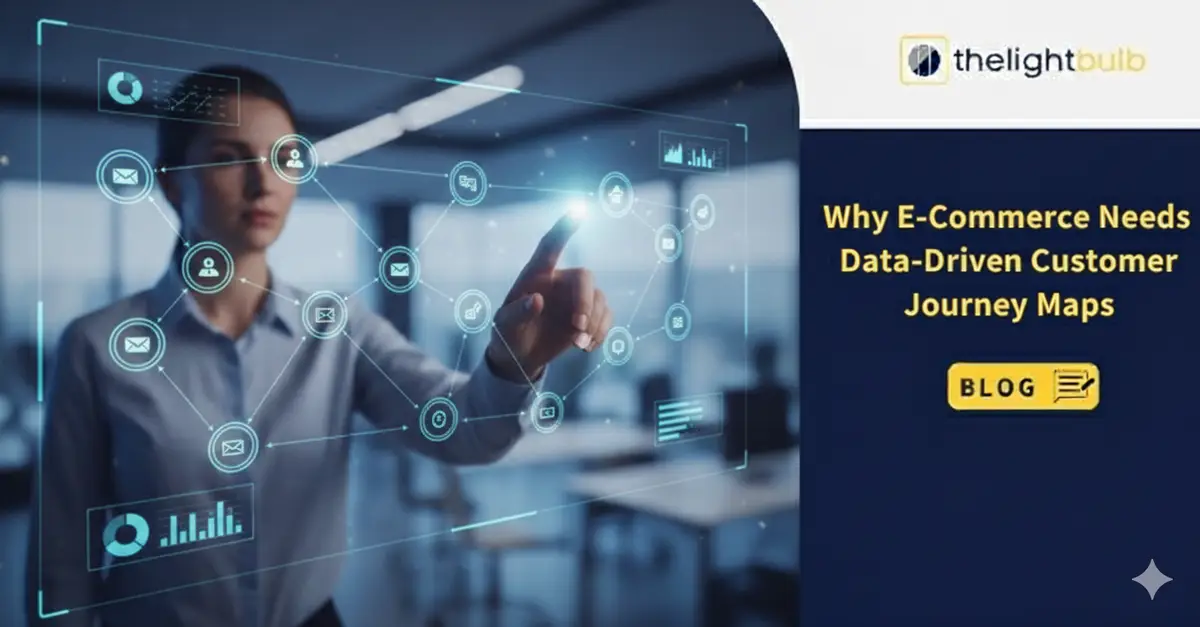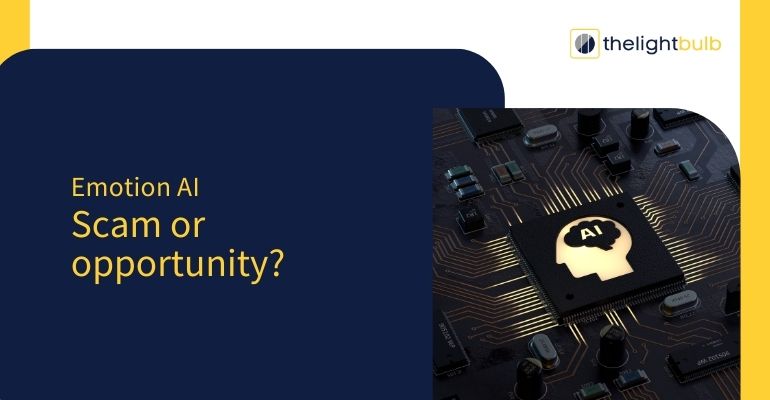
Data is the new oil. According to this popular quote, the more data you have, the more well-oiled, smooth, and efficient your systems would be.
But here’s the caveat – data is only good if it is refined. You don’t use crude oil to run your car, right?
Businesses constantly get hit by information as they integrate CRM (Customer Relationship Management) software, web analytic tools and social media sites that bring insights of customer behavior. But what if there was a way you could stop focusing on those numbers and instead know what your customers think when they are interacting with your brand, products or services?

Enters emotion AI integration. A swiftly growing field of artificial intelligence that uses facial recognition, eye tracking, and speech analysis to identify and measure human emotions.
Integrating emotion AI into your existing systems can help you dig deep into the understanding of your customers’ emotional responses, assisting you in decision-making and optimizing your offerings for max impact.
Unlocking The Power Of Emotion
Remember the old-school way of market research for gauging customer sentiment? Surveys, focus groups, interviews. No doubt they were valuable, but also time-eating, expensive, and susceptible to bias. There are heavy chances of respondents not being truthful or forthcoming, and their self-reported emotions may not accurately reflect their subconscious feelings.
But emotion AI offers a more objective and nuanced approach to understanding customer sentiment. From facial expressions and eye movements to vocal intonations, this futuristic tech detects feelings like happiness, sadness, anger, surprise, disgust, and fear while users interact with your app or site. It’s like a superpower of reading minds just by looking at someone’s face.
Once you have this data on your users’ mood, you can use it to:
Improve Product Development
Testing a new product prototype? Nervous and anxious on how customers will react to its design, features, and functionality? With emotion AI integration, you can see this in real-time. It can lay out valuable insights on what’s resonating with users and what to improve to subside their frustration (while using your app).
Optimize Marketing Campaigns
What’s the core intent behind a marketing asset? Reaching the right people with the right message. A campaign targeting the wrong audience (or not connecting with them) is a money-wasting scheme. But thankfully, emotion AI is here to save the day. Assessing the emotional impact of your marketing materials is a cakewalk with this sentiment-sensing technology. Extracting this data helps you craft more laser-focused campaigns that don’t just be there on your users’ social media feeds but also evoke the desired response.
Enhanced Customer Service
Customer service is all about offering the best service to customers (no brainer!). And it’s not a one-sided relationship. 68% of consumers are willing to pay more to a brand offering great customer experience, according to HubSpot. And for 89% of consumers, a positive customer experience can also lead to a repeat purchase.
Basically, great customer experience equals to more business opportunities. And to excel in customer service, you must be aware of the customer pain points, or how else you’ll address them.
Emotion AI again comes as a secret weapon for you here. With sentimental data on customer interaction with this technology, it helps you train your customer service reps to identify and respond with apt solutions to customer emotions. For this department, it’s a sheer win-win as it gives the reps more clarity about users’ feelings as well as your app (like scope of improvement, confusing elements, etc.).

Equipped with the sentimental data, your support team can make more positive interactions which can push your brand loyalty to the next level.
Personalize The Customer Experience
The world has gone omnichannel now and customers are everywhere, interacting with brands through numerous touchpoints. In such a scenario, emotion AI makes it easy to figure out how these folks feel at different stages of their customer journey. This analysis plays the key role in crafting a hyper-personalized experience that talks to your customers in their language to meet their requirements more effectively.
Let’s say there’s a user, frequently abandoning her cart at the checkout stage. Emotion AI can detect the culprit behind this (be it frustration due to a popup or any sort of hesitation), helping you address these emotions with apt support or incentive to induce the user to finish the checkout.
Personalization can be your ladder to success. People prefer experiences tailored for them only, not a cookie-cutter approach that makes them feel like a mere number. Employing emotion AI can spin your success flywheel, getting you more loyal customers and revenue. In fact, there are reports proving that personalization helps companies drive 40% more revenue.
The Future Of Emotion AI

Emotion AI has the capability to take over sentiment analysis industry and shift how corporations communicate with their clients even though it is a recent entrant. It is guaranteed that even more creative applications will appear considering how fast technology is changing. For example, today emotion AI is applied in reputation management systems to analyze the comments about a company through social media. Gauging this information is assisting brands in upkeeping their repo, ensuring an influx of customers.
Closing Remarks
Emotion AI gives you a reality check on what your customers actually think about your site, app, or your entire brand. Unlike other vanity metrics, data coming from emotion analysis helps you read your users’ mind, figure out what they want, and give them exactly the same thing to open the portal for success. Tired of shooting random user experience strategies in the dark while none’s hitting bullseye? Integrate emotion AI to eliminate guesses, identify pain points, and fix them like a pro.
